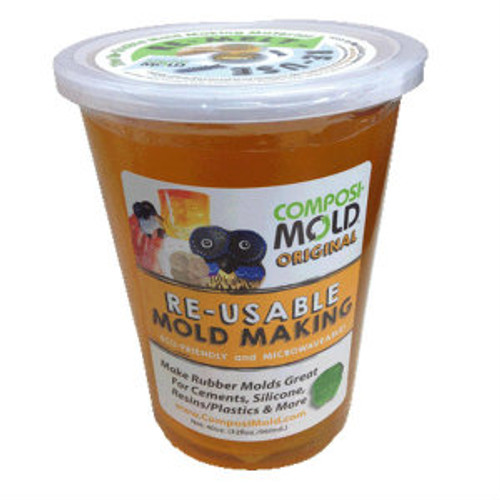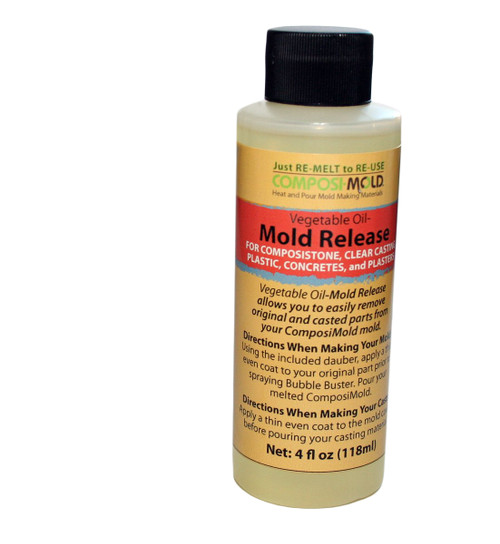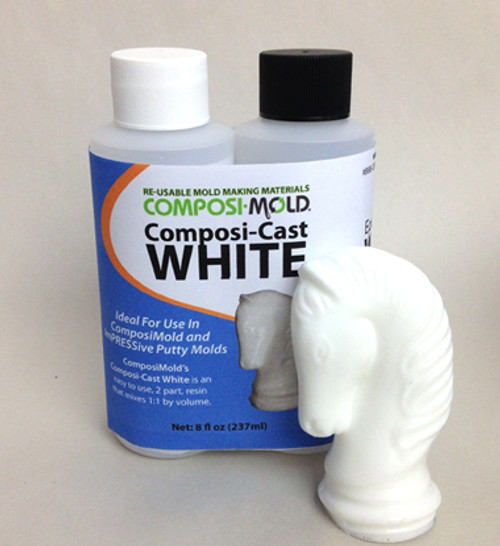Product Overview
ComposiMold-Used 3 pounds is also available through Amazon
Used ComposiMold is:
- Recommended for non-edible mold making.
- Used ComposiMold can be re-melted for dozens of molds.
- Filtered but still may contain small particles (less than 1mm).
- Sold in cube form for ease of handling. Melt the ComposiMold in any microwave safe container.
- Lower cost per pound.
Used ComposiMold is Not for the Food Contact Molds.
Supply of used ComposiMold is limited.
Most of the used material in stock has not been used at all and is from spills during production.
Used ComposiMold is a combination of Flex and Original ComposiMold. It typically has a firmness similar to the Original.
Click Here for ComposiMold SDS (pdf)
Product Videos
Videos Hide Videos Show Videos
-

How to Make Concrete Rocks for Rock Walls, Fire Pits, Walk Ways, Water Fountains
For more information please visit http://www.composimold.com I...
-

Make Your Own Plastic Action Figure with ComposiMold
http://www.ComposiMold.com This video demonstrates just how ea...
-

How To Make A Two Part Mold And Cast Crystal Clear Medieval Knight Action Figures
For more information, please visit: www.composimold.com To fi...
















